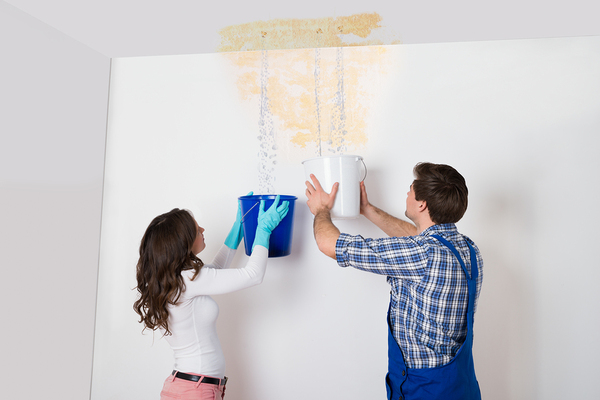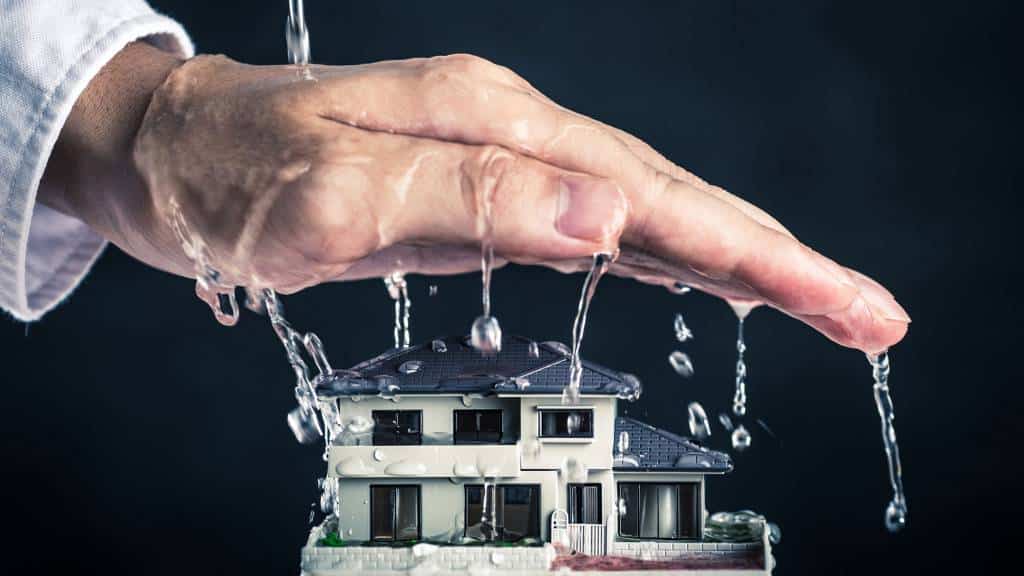Uncover Typical Roots of Water Leaks Inside Your House
Uncover Typical Roots of Water Leaks Inside Your House
Blog Article
Nearly everybody is bound to have their private concepts on the subject of How to detect water leaks in your home.

Leakages not only cause waste of water but can additionally create unneeded damage to your residence and also promote unwanted natural development. Water leaks might go undetected since many of the pipework in our residence is concealed. By understanding as well as looking for everyday circumstances that trigger leakages, you can secure your residence from future leaks and unneeded damage. Today, we will certainly take a look at six leakage creates that might be creating your pipelines to drip.
Elbowing in origins
The majority of water leakages start outside the house rather than inside it. If you notice a sudden reduction in water stress, say in your tap, take some time to head out and analyze your lawn. You may see wet patches or sinkholes in your backyard, and that may suggest that tree roots are getting into water lines creating water to seep out. You can have your plumber look for intrusion, specifically if you have trees or shrubs near your building.
Rusty water supply
As time goes by, your plumbing system ages and rust such as rust may begin gnawing the pipelines. This may be the source of staining or bending on your pipes. This asks for an inspection with your plumber promptly. If our plumbing system is old, take into consideration changing the pipes because they are at a greater threat of rust than the newer versions.
Defective Pipe Joints
Pipe joints can degrade over time, resulting in water leaks. If you have loud pipelines that make ticking or banging sounds, particularly when the warm water is turned on, your pipe joints are probably under a lot of stress.
Instantaneous temperature level modifications.
Extreme temperature changes in our pipelines can create them to broaden and acquire unexpectedly. This expansion and tightening may trigger fractures in the pipes, specifically if the temperature are below freezing.
Poor Water Connectors
Sometimes, a leakage can be triggered by loose tubes and also pipelines that provide your devices. Most of the time, changing is what creates the loose water Connections. You might find in the case of a cleaning equipment, a hose may spring a leakage because of trembling during the spin cycle. In case of a water connections leakage, you may notice water running directly from the supply line or pools around your home appliances.
Blocked Drains
Obstructed drains pipes might be frustrating and also inconveniencing, however they can sometimes wind up creating an overflow resulting in rupture pipes. Maintain getting rid of any kind of materials that may go down your drains that can obstruct them to avoid such troubles.
All the above are reasons for leakages but not all water leakages result from plumbing leakages; some leakages could come from roof leaks. All leakages should be repaired instantly to avoid water damages.
Leaks not only create waste of water however can also create unnecessary damages to your house and advertise undesirable natural development. By recognizing and looking for daily situations that create leaks, you can protect your house from future leaks as well as unneeded damage. Today, we will certainly look at six leakage triggers that might be causing your pipelines to drip.
At times, a leakage can be created by loose pipes and pipes that provide your devices. In case of a water connections leakage, you might notice water running directly from the supply line or puddles around your devices.
How To Check For Water Leak In Your Home
How To Check for Leaks
The average household's leaks can account for nearly 10,000 gallons of water wasted every year and ten percent of homes have leaks that waste 90 gallons or more per day. Common types of leaks found in the home are worn toilet flappers, dripping faucets, and other leaking valves. These types of leaks are often easy to fix, requiring only a few tools and hardware that can pay for themselves in water savings. Fixing easily corrected household water leaks can save homeowners about 10 percent on their water bills.
To check for leaks in your home, you first need to determine whether you're wasting water and then identify the source of the leak. Here are some tips for finding leaks:
Take a look at your water usage during a colder month, such as January or February. If a family of four exceeds 12,000 gallons per month, there are serious leaks.
Check your water meter before and after a two-hour period when no water is being used. If the meter changes at all, you probably have a leak.
Identify toilet leaks by placing a drop of food coloring in the toilet tank. If any color shows up in the bowl after 10 minutes, you have a leak. (Be sure to flush immediately after the experiment to avoid staining the tank.)
Examine faucet gaskets and pipe fittings for any water on the outside of the pipe to check for surface leaks.
Undetected water leaks can happen without the home or business owner even realizing. If you suspect a water leak, but not able to find the source. It is time to contact a professional water leak detection service, The Leak Doctor.
How To Find a Water Leak In Your Home
https://www.leakdoctor.com/blog/How-To-Check-For-Water-Leak-In-Your-Home_AE197.html

I was introduced to that article on How to detect water leaks in your home through an associate on our other blog. Sharing is caring. Helping others is fun. Thank you for your time invested reading it.
Schedule Now Report this page